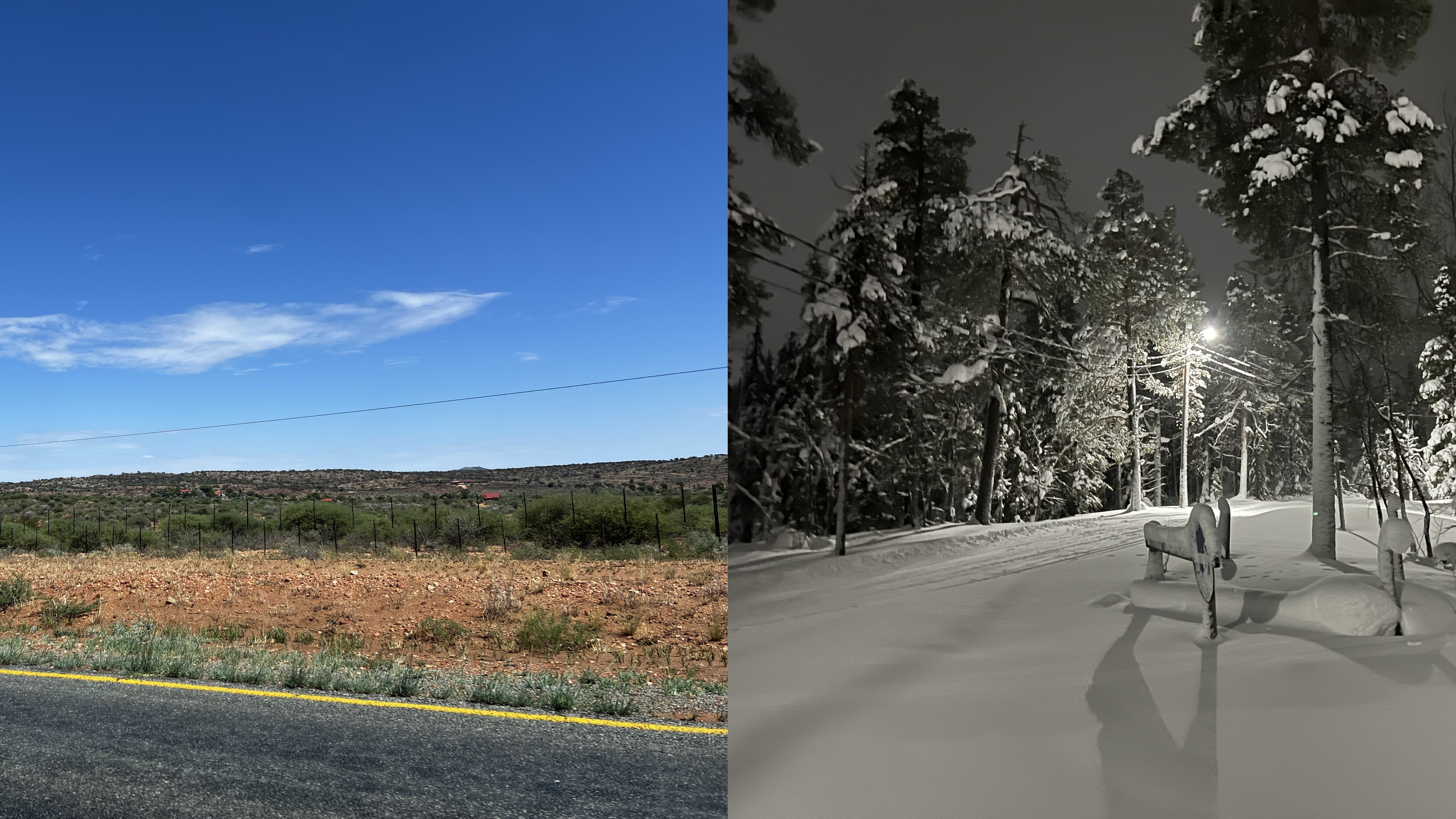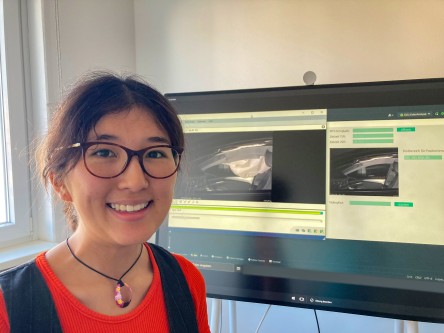Testing vehicles in hot and cold countries is always a special experience for our developers – it means getting out of the office or workshop and putting a vehicle through its paces under extreme conditions. Many different aspects are tested on site, such as noise in the interior in hot and cold conditions, road performance, such as longitudinal/lateral dynamics, and the freezing behaviour of various components.
Different countries, different conditions
“It is great fun to adapt to new situations in the other countries,” said Alexander Binder, “and the temperature is just one of the factors. There might be left-hand traffic or herds of animals on the road, for example, or driving surfaces completely covered with solid snow, which is very rare in Germany these days. The learning process is in full swing after just one or two days.” It is an entirely different setting again for the teams to test the vehicles, allowing those who have had an input in development to experience their response. Stefan Löffler and Matthias Müller both vividly recall remote mountain roads with sharp bends and driving in low-µ conditions. But they were also enthusiastic about the network infrastructure which made the work much easier. “The support system was always top-notch, especially in the Nordic countries, whether in the test buildings, the workshops, the offices or on the track," said Stefan.
Preparation is everything
Our team relies on good advance preparation in order to ensure that everything runs smoothly. “The best approach is to look into the country, temperatures and station access points in advance then, in an ideal scenario, there will be nothing left to organise at the test site,” said Christiane Russer, recommending the optimum course of action. “Large test sites in particular can be a challenge at the beginning. It helps if you have looked at a map beforehand to be able to get your bearings,” added Matthias.
But what should you definitely pack in your suitcase when leaving for trials? “A good pair of sunglasses is always a must,” said Stefan. “In cold countries you will of course be needing thermal underwear and a woolly hat. And once I wished I had packed my swimming trunks for after work when we were doing trials in a hot country in February – so be sure to check the weather forecast beforehand.” Experienced colleagues always have good advice on what to pack. “And as long as you have a credit card with you that works, the rest will be no problem,” said Christiane.
Round-the-clock team spirit
The staff not only get to see new regions but they also get to know each other better as colleagues running tests over several days. “When you spend 24 hours a day together and stay overnight together in a log cabin, you naturally talk about all sorts of things apart from work,” said Matthias. “I met a lot of new and interesting people on my last set of trials,” mused Stefan with fond memories. “From the mechanic right through to the manager, everyone was very open and it was nice to be able to talk shop with like-minded people about things like chassis, engines and vehicle dynamics.” In his capacity as team leader, Alexander also sees this as a real additional benefit for the time after the trials. “The fact that you get to know each other so much better is also really valuable for day-to-day teamwork and mutual understanding,” he added.



